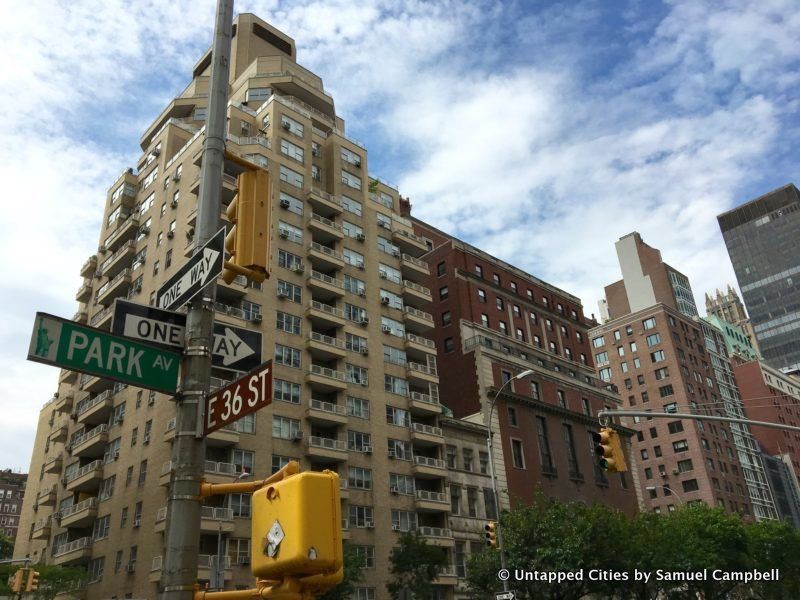Last-Minute NYC Holiday Gift Guide 🎁
We’ve created a holiday gift guide with presents for the intrepid New Yorker that should arrive just in time—


In a traffic island at the intersection of Park Avenue and 37th Street, recent gardening work has a revealed a forgotten piece of colonial era history: a plaque commemorating Mary Lindley Murray, whose family the neighborhood Murray Hill is named after. Recently, writer Laurie Gwen Shapiro pointed us in the direction of the recently revealed memorial which honors Murray’s service during the American Revolution, using cake and tea, as the story goes.
Murray Hill drives its name from the farm Mary and her husband Robert owned, and for good reason. On September 15th, 1776, American forces lead by General Israel Putnam retreated from the Battle of Brooklyn/Long Island to regroup with General George Washington in the Bronx. In pursuit, British General William Howe landed at Kips Bay intending to trap the retreating army. But Howe’s troops were detained at the Murray’s farm, enabling the successful escape of the American troops.
Mary Murray didn’t use any loud diversion or audacious tactic to this deter the British army. According to popular legend, it was a quiet meeting with cake and tea that kept the general stalled for hours, and allowed fellow patriots to escape with their lives.
Coming from a Quaker family riddled with revolutionaries, it’s no surprise that Mary Murray identified with the American cause. However, her highly-successful merchant husband held Loyalist ties, and he continued to purchase British goods well into the war. It was Mary’s patriotism that allowed her husband to remain in New York City after the war, despite his ties.

Yet, not all courage comes with muzzle flashes and battle cries. For Mary Murray and other women in the American Revolution, their national pride changed the course of the war through daily service.
Nonetheless, there are some historians who believe Mary Murray’s role is not quite as clear cut as the lore suggests. According to the National Women’s History Museum, “there is some question as to whether Murray intended to delay the troops or if that was just an attempt to ensure her family’s social position with the Patriots while at the same time graciously entertaining the British.”
Regardless, the plaque continues to tell the popular version of how Mary Lindley Murray made entertainment into an act of patriotism. Two centuries later, an off-Broadway play, Small War on Murray Hill turned her patriotism into acts of entertainment.
Next, read about the Top 10 Secrets of Manhattan’s Turtle Bay neighborhood.
Subscribe to our newsletter